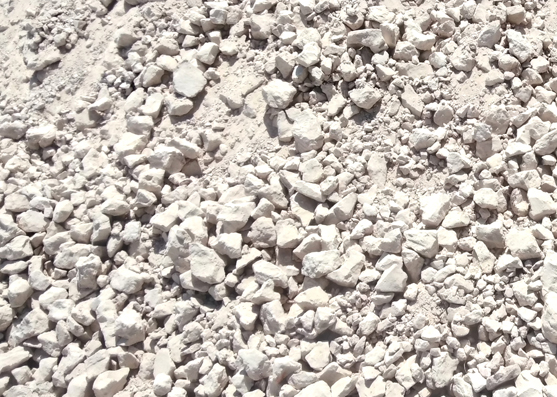Description
A second group of plastic material based on the importance in ceramic industry after kaolin, is ball clay. Kaolin is a primary deposition, which remains in its original place, but ball clay is a secondary deposition that is extracted from places other than their original locations. Ball clay is transported by water and wind to other places, which this transition leads to three important properties:
- Grain size of ball clay is smaller and with organic impurities which may cause ball clays have more shaping ability.
- Plasticity of ball clay is much higher than kaolin.
- Color of ball clay after firing due to the presence of organic and inorganic impurities more dark than kaolin.
The main reasons of ball clay use are: 1- high plasticity 2- shaping ability(formability)(hold water in itself) 3- high raw strength 4- increase fluidity of casting slurry 5- bodies with ball clay are similar to other bodies are more compact and sintering operation is better because it has low melting temperature 6- since that ball clay has many kinds of impurities should not be used in large quantities 7- due to fine grain and low melting temperature if its amount increases causes melting temperature sharply decreases and products are deformed 9- if the amount of ball clay is high, while increases working capacity but causes severe contraction in the body and dried body is cracked with severe contraction at the end.
Some types of ball clay have fluidity properties that this feature causes them to be valuable in mold of ceramic fragments such as sanitary porcelain. Actually ball clay increases the fluidity of casting slurry, without water if we want to increase fluidity of slurry, ball clay will add to mix.
General composition of ball clay comprises 20-80% kaolinite, 10-25% mica, 6-65% silica (quartz).
Ball clay is also used as a suspending agent in glaze slurry.
Overall, in compared with kaolin, ball clay is finer grained, darker, low temperature refractory and has more plasticity, low shrinkage on drying and firing process.
APA Ceram
The second important plastic material in the ceramics industry, after than kaolin, is ballclay. Major consumptions of ballclay are in tile and sanitary ceramic industries. APA Ceram Group is active in importing and supplying of ballclay in noodles and powder form with high purity.


